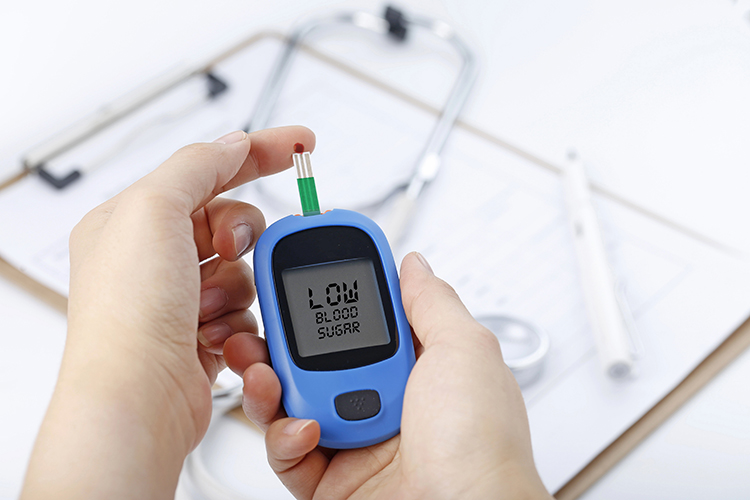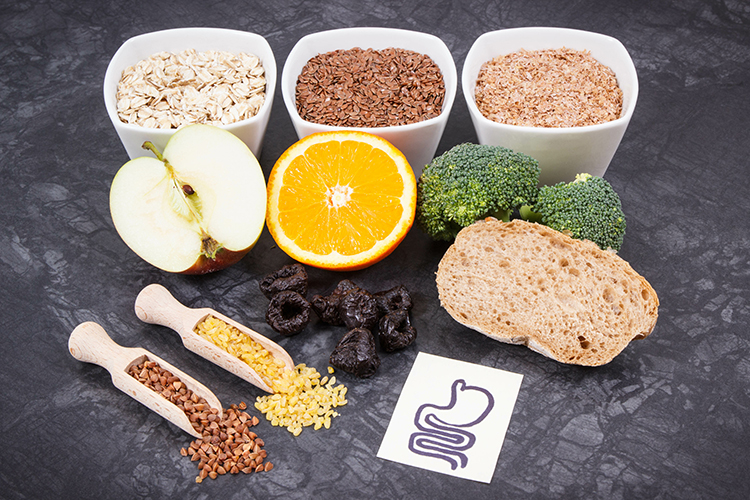Lana Breedt gives us a rundown of a typical day in her life of having a child living with diabetes, though she states no day will ever be the same,
Lana Breedt lives with her husband, Maurits van der Horst, and their five-year-old son, Rudi in Port Elizabeth. Rudi has Type 1 diabetes.
Rudi’s diagnosis
It was March 2019 when Rudi was diagnosed with diabetes Type 1 at the mere age of 19 months. My husband, Maurits, and I were both unpleasantly surprised since neither of our families has a history of diabetes. We are one chaotic household at any given time, so the diagnosis added a whole bunch of curves to our rollercoaster.
Rudi just started nursery school and was still in nappies at the time. It started with what we initially thought was a tummy bug of some sort; I had to pick him up early from school a couple of times. It was strange since he was a very healthy kid from birth and going to the doctor was not the norm.
The nursery school has been incredibly supportive since his diagnosis and his class even celebrated World Diabetes Day with us last year. We are very fortunate that both our employers are very understanding as well and they know when we need to leave work right now.
The first year
The first year was a nightmare. We relied on blood measurements only and could not see the trend of his glucose levels. We used to test Rudi every two hours day and night, at home and at school.
My husband created an Excel spreadsheet for us and I manually updated the document weekly to see where we stood more or less. I would send the graph to Rudi’s paediatrician at the end of each week for feedback and he would then adjust Rudi’s insulin intake accordingly. Our first HbA1c test result was just above 10.
Diabetes devices a game changer
When Rudi got a little bigger in size, we started using the Freestyle Libre which did wonders for his little fingers. It made both our and the teachers’ lives a whole lot easier.
Even though we still had to get up every two hours at night, it felt like we could live a fairly normal life without feeling so exhausted every morning.
It was only when we got the Miao Miao Bluetooth extension that our entire ballgame changed. We don’t need to worry about manually measuring him anymore, since the app has an alarm that goes off when his glucose is going too high or too low. We receive the data on our mobiles, so we can monitor him from anywhere, anytime.
No two days will be the same
One sentence from the book, Type 1 Diabetes in Children, Adolescents and Young Adults, sums diabetes up very well: No two days will be the same.
We have a very strict routine we stick to even during school holidays. Our days don’t always go according to plan, but at least we have a framework to work from. The rest of the time we just make stuff up as we go along. Maurits understands and relies on science and I understand nutrition and rely on motherly instincts, so we make a great team.
A typical day
We get up between 4am – 5am Rudi sometimes sleeps slightly later, but that is rarely the case. Maurits will give Rudi his Optisulin between 5am – 6am.
At 6:15 Rudi gets his breakfast injection and then we wait for a good glucose reading before he eats. This is anything from 6:30 until 7am. We’ve had instances where it takes a really long time for his glucose to drop after a high night, and then he will only eat an hour after his injection.
Under normal circumstances, his main meals last around two hours. So, by the time I drop him off at school, his glucose levels are nearly at a stage where he needs to snack again. We have a WhatsApp group including three staff members from the school, Maurits and myself. I usually type the ready for snack message when I leave home and constantly keep an eye on his glucose while driving to work. When it is time, I just press the send button and Rudi will have his snack. It sometimes feels like all this kid does is eat.
School snack time
School snack time is between 9:30 and 10am. I don’t have the energy to pack his lunchbox at night, so I normally do this between 5:30 – 6am. It’s difficult to decide what to pack and what to leave out since his glucose varies so often. In the beginning, I was obsessed with carb counting, but after a chat with a dietician at one of the PE diabetes wellness meetings, my perspective changed completely. She told me to feed my child the rainbow. So, I do just that.
I pack small portions of fruit and vegetables in as many colours as possible along with something carby like popcorn. When he had a high night, I will replace this with something non-carb like droëwors and biltong.
Somewhere close to 11am, his glucose starts to drop again, and the teachers will either give him an apple or a protein bar, depending on how close to home time it is. We also rely on Super Cs for lows and keep rolls of it everywhere.
Lunch
For lunch, he has a sandwich with his flavour of the week (at the moment it’s honey) and a generous portion of protein along with a glass of milk.
During the afternoons we just play it by ear. I’m at home in the afternoons so it makes it easy for me to manage his glucose levels by finding something in the fridge or cupboard when necessary.
When he does go to aftercare, I pack him an entire bag of carb and non-carb snacks, along with his emergency kit consisting of protein bars and Super Cs.
Aftercare is at his school and I have contact with the teacher in charge. She sees that he eats the right things at the right time and is available on WhatsApp all afternoon as well.
Dinner
Just after Rudi was diagnosed, we followed a specific meal plan for supper and I had his menu planned at least a week in advance. After the aha-moment with the dietitian, all of that changed and he now eats what we eat. Even sushi and pizza. It’s a win-some, learn-some experience when it comes to his diet and we figure things out as we progress.
After the pyjama drill, we will either read stories or watch a movie. By about 8pm his blood glucose will be at a stable low and he then has a glass of milk as a nightcap. Ideally, the milk should last him until morning, but when it doesn’t, we give him milk with glucose powder to keep his blood glucose going. Occasionally we need to inject him because of high blood glucose, but he doesn’t even wake up for that anymore.
Rudi’s fourth diabetes anniversary
We recently celebrated Rudi’s fourth diabetes anniversary. It’s hard to imagine things without the sensor and Bluetooth device, but imagining a life without the support we get from friends, family, employers, paediatrician and his school is even harder.
Living with a six-year-old diabetic child is a 24-hour duty and you can’t afford to lose focus for one minute. Our latest HbA1c result was an incredible 6.6 for the second time in a row. It takes a lot of effort and hard work, but the reward is priceless. Looking back, I don’t think we’d ever thought we’d get this far.

MEET OUR EDITOR
Laurelle Williams is the Editor at Word for Word Media. She graduated from AFDA with a Bachelor of Arts Honours degree in Live Performance. She has a love for storytelling and sharing emotions through the power of words. Her aim is to educate, encourage and most of all show there is always hope. Feel free to email Laurelle on editor@diabetesfocus.co.za
Header image supplied


 Hair loss
Hair loss














